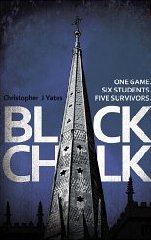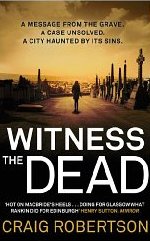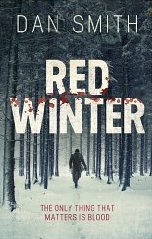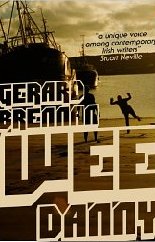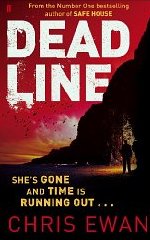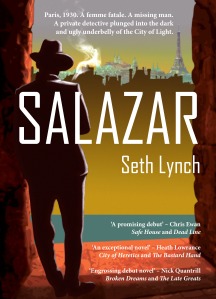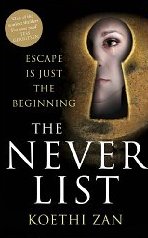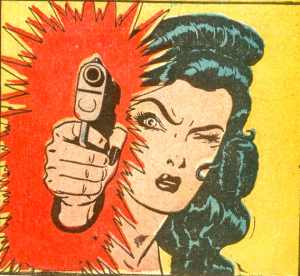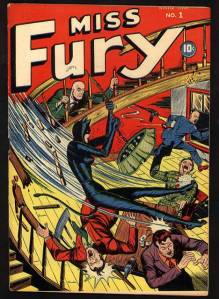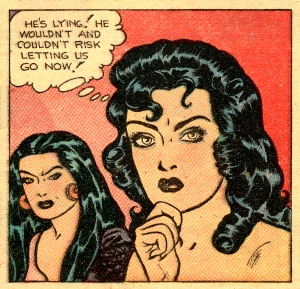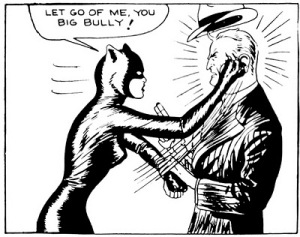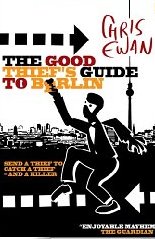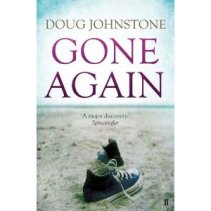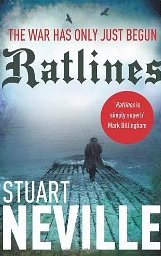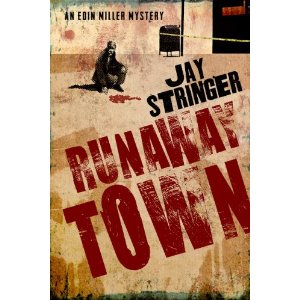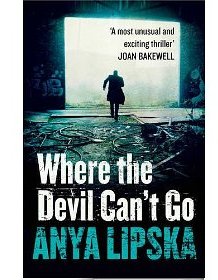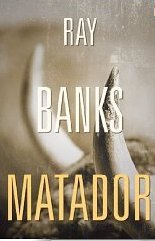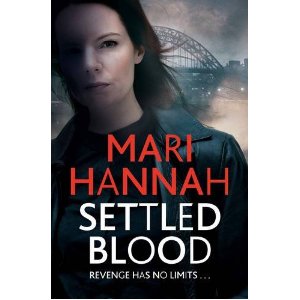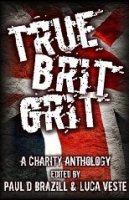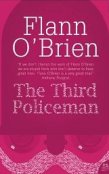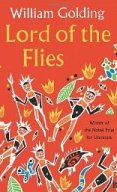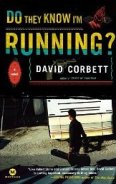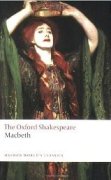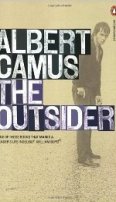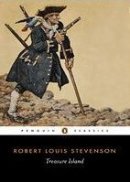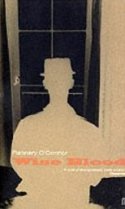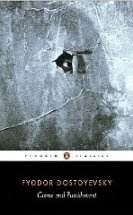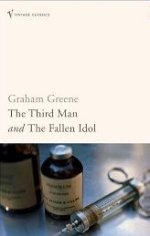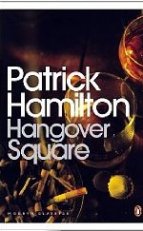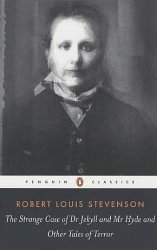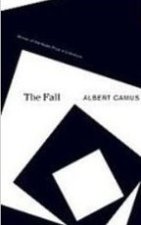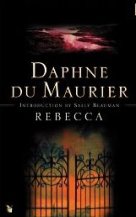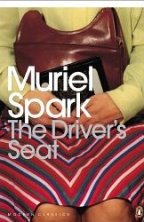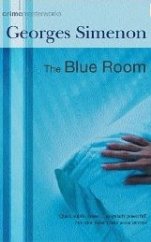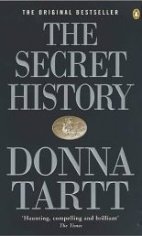Thanks to Steve Cavanagh for tagging me into the ‘My Writing Process’ blog tour – my bits in a mo. You can read Steve’s post here, and I’m sure you’ll come away from it with the same drooling desire to read his debut novel, The Defence, that I did. Annoyingly it isn’t out until Spring 2015 but you can read a short of his in the upcoming Belfast Noir Anthology, along with stories from some on Norn Iron’s most exciting criminal minds.
Here we go then –
a) What am I working on?
I’m currently finishing what will hopefully be the final edit of my second Zigic and Ferreira book, provisionally titled ‘Damage Limitation’. Starting out on it last year I was given lots of deeply serious warnings about the difficult second novel but nothing concentrates the mind like a ‘one book per year’ schedule. And having a big stack of unpublished manuscripts finally paid off; this isn’t book two, it’s book ten (ish) so I decided not to worry about it.
Book three is beginning to take shape, characters popping up, twists presenting themselves and I’m a good way to filling up a notebook with indecipherable scribbling. Right now it’s looking like a very different book to the others, less political, more domestic, but it’s early days and everything is up for grabs still.
b) How does my work differ from others of its genre?
The main difference between my work and other crime novels, police procedurals specifically, is that it follows the investigations of a Hate Crimes department rather than being rooted in CID. Hate Crimes legislation in the UK is relatively recent and not all forces have dedicated units yet, so it was good to have the chance to get in there first and explore the issues on a blank slate.
Much of the feedback I’ve had from readers about my debut, Long Way Home, mentions the depiction of the migrant communities it’s set among and the over riding response is shock at conditions and the level of exploitation they face, almost to the point of disbelief. This is the difference I’m most proud of, exposing a part of modern Britain many people know nothing about even though it exists in step with and so close to their own lives.
c) Why do I write what I do?
During my teens I dabbled in other genres but the feedback I received on my earliest attempts pushed me towards crime writing and it immediately felt like a good fit. I’ve always been criminally minded so it was the natural choice.
It took me awhile to settle on police procedurals though and I still love the idea of writing a psychological thriller, but the constraints of procedurals help keep me focused on the story at hand when I want to go off on tangents.
d) How does your writing process work?
It’s very Darwinian. An idea pops up and I mull it over for a few weeks, writing down absolutely nothing – the useless stuff gets forgotten, the good stuff sticks around to be developed later on paper. In the first instance I write notes in a Moleskine (cliché, I know) in fountain pen (it gets worse), describing the crime scene and the victims first, laying out all the possible motives and tying them to suitable people, concentrating on the characters who I want to carry their own chapters. Most of these notes are completely unreadable when I go back to them a week or so later to transcribe them into a Word file and again there’s a cull.
At that point – hopefully – I’m left with the strongest elements of the emerging story and can start to firm up the plot.
It’s very tempting to lie and say that, from those bare bones, I work everything out down to the finest detail, but can you imagine how boring that would be? I like the sense of danger that comes from not knowing all, or even most, of the answers. Ideally I want to be discovering things along with my main characters and I’ve written books that way in the past, but now my process is halfway between plotting and pantsing and that seems to be working okay.
Day-to-day my writing routine is the usual kind of boring. Up early, run, breakfast, arse in the chair, roll-ups, espresso, avoidance of social media essential, occasional games of poker optional. Dress code; pyjamas. Naturally.
So, that’s me done. Onto the next links in the chain…
Luca Veste is debut novel Dead Gone is part-procedural, part-psychological thriller, and all fabulous. Set in Liverpool and introducing detective duo Murphy and Rossi it marks the start of an intelligent, exhilarating series. You can find Luca here.
Nick Quantrill is for my money one of the finest proponents of Brit Grit around right now. His Joe Geraghty trilogy – Broken Dreams, The Late Greats and The Crooked Beat – mines the seamy side of his hometown, Hull, and I can’t wait to see what’s coming next from him. Find Nick here.

